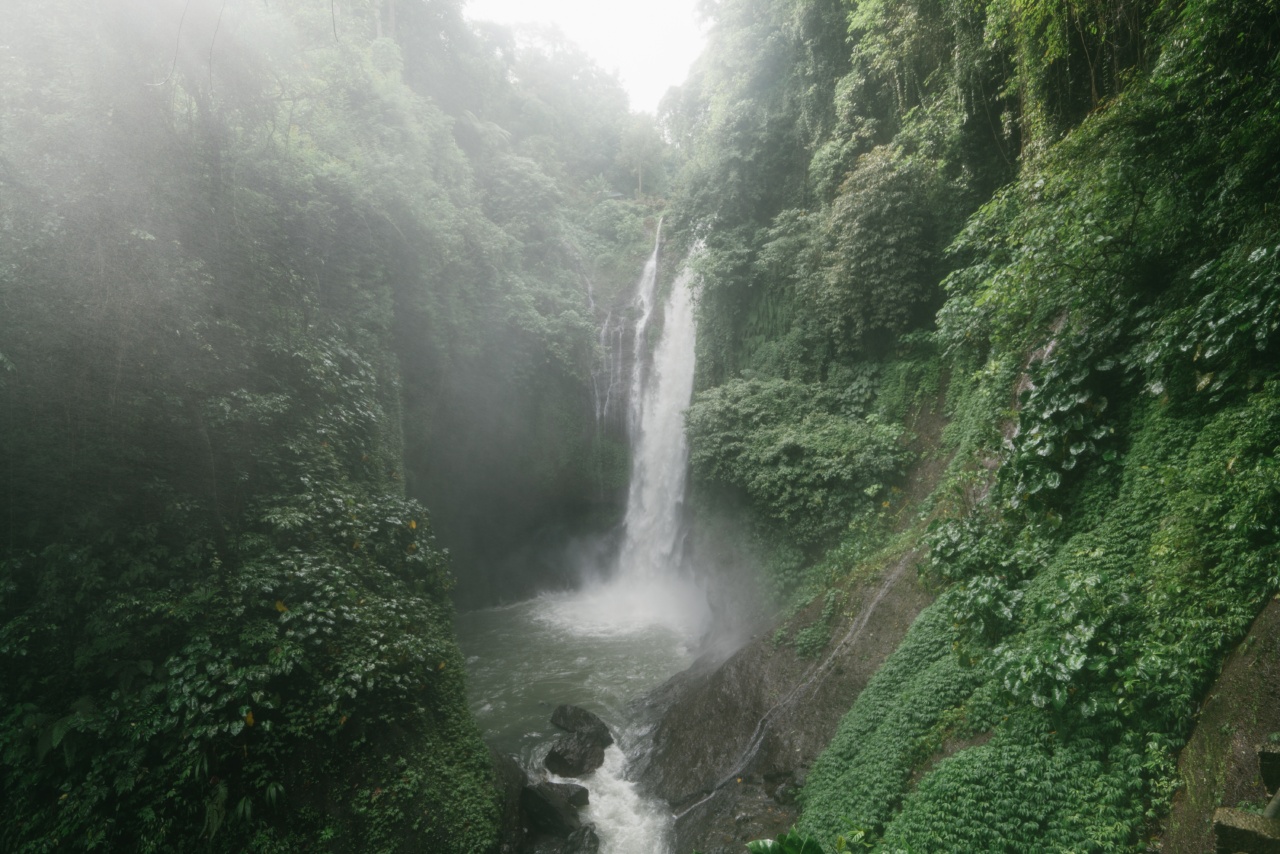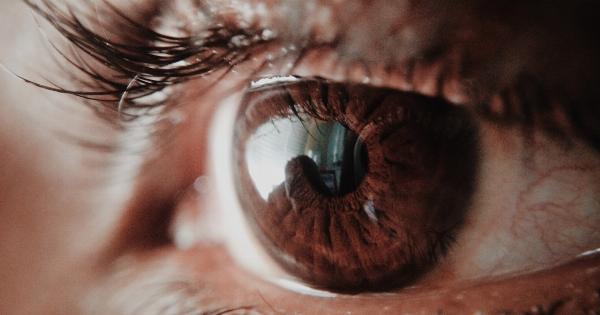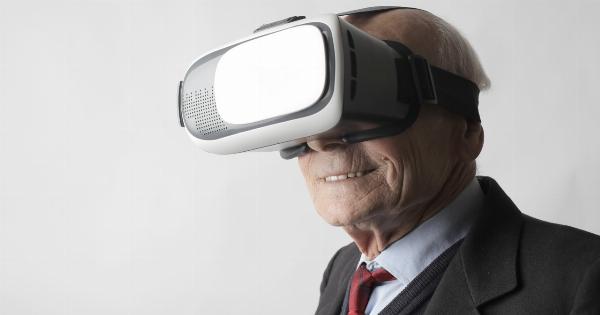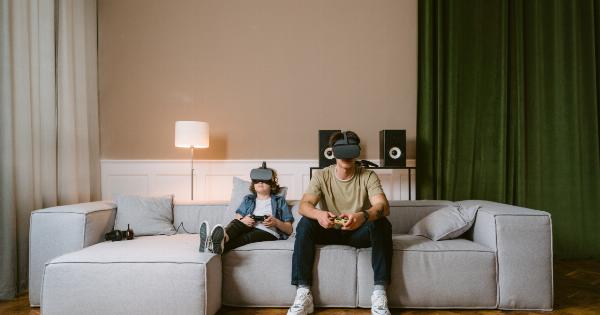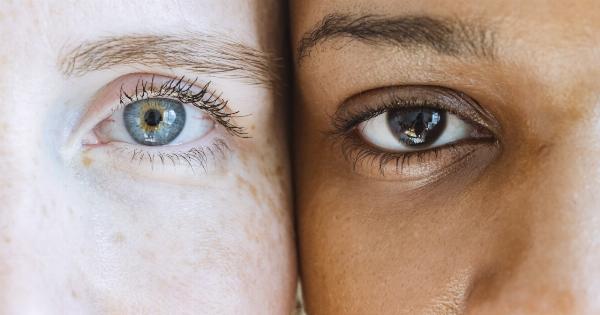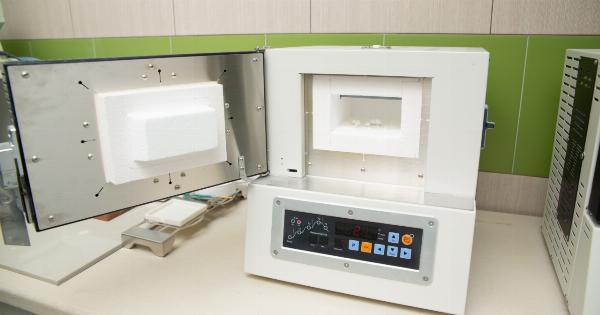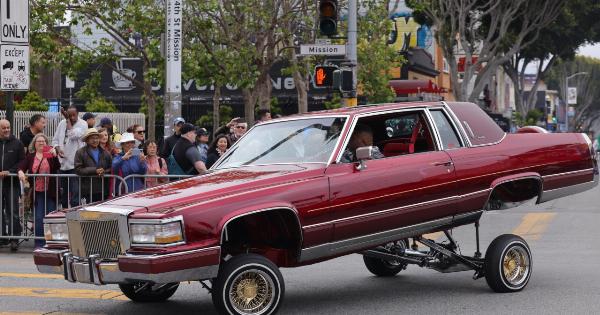Imagine standing next to a grand waterfall, taking in the sight of the water cascading down the rocks, feeling its mist on your face, and hearing the thunderous roar as it crashes onto the rocks below.
But what if you couldn’t see the waterfall? Or if the view was distorted due to an ocular disease like glaucoma and macular degeneration?.
What is Glaucoma and Macular Degeneration?
Glaucoma and macular degeneration are two types of ocular diseases that can cause vision loss and blindness in adults.
Glaucoma is a disease characterized by the damage to the optic nerve, the part of the eye that carries visual information from the retina to the brain, usually caused by high pressure within the eye.
It is a leading cause of vision loss and blindness in the United States, affecting more than 3 million Americans.
Macular degeneration is a disease that affects the macula, the tiny, central part of the retina that is responsible for sharp, central vision.
As the disease progresses, a person’s ability to see clearly diminishes until loss of central vision occurs, making it difficult to recognize faces and read small print. Age-related macular degeneration is the leading cause of severe vision loss in people over 60 years old.
The Challenge of Viewing a Waterfall
For someone with glaucoma and macular degeneration, the view of a waterfall can be challenging.
The distorted vision caused by macular degeneration may make it difficult for a person to see the details of the waterfall, such as the individual streams of water cascading down the rocks. And for someone with glaucoma, the contrast between the light and dark areas in the waterfall scenery may be difficult to distinguish, making it hard to appreciate the view fully.
However, there are many ways to help people with these ocular diseases enjoy the beauty of a waterfall:.
Optical aids and devices
There are many optical aids, such as magnifying lenses and telescopes, that can help people with macular degeneration to see the details of the waterfall. They can also use LED-lit magnifying glasses to improve visibility in darker environments.
For people with glaucoma, the use of yellow tinted lenses can increase contrast and color perception.
Audio guides
Audio guides or descriptions can be helpful for people with both ocular diseases who may have difficulty seeing the details of the waterfall. They can use the audio description to understand and appreciate the view better.
Virtual Reality
Virtual reality technology can provide a realistic simulation of the waterfall view, making it more accessible to people with vision loss.
By wearing VR headsets, people with ocular diseases can still experience the majesty of a waterfall, even if they are unable to visit it in person.
Conclusion
A view of a beautiful waterfall is a treasure that everyone should experience, but for people with glaucoma and macular degeneration, viewing a waterfall can be challenging.
However, there are many ways to make the waterfall view more accessible to them, such as optical aids, audio guides, and virtual reality technology. By providing these resources, people with vision loss can still enjoy the beauty and majesty of a waterfall without ever having to leave their home.
